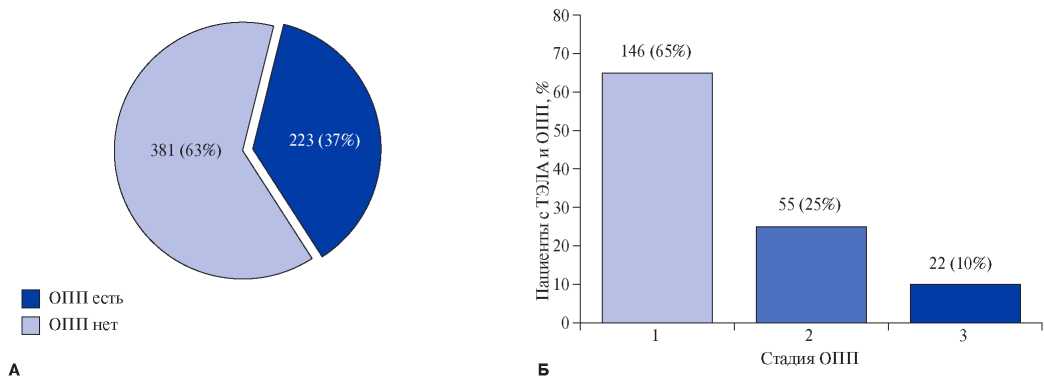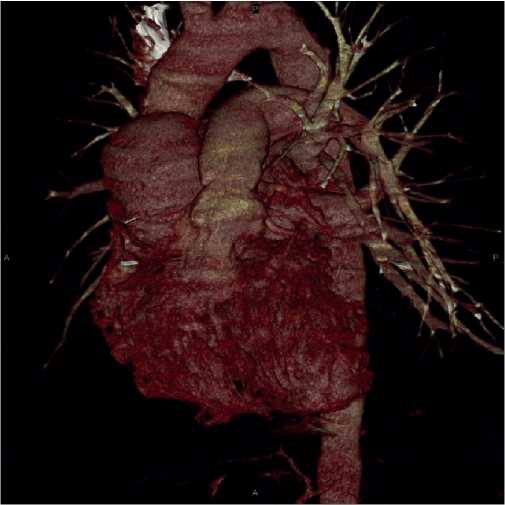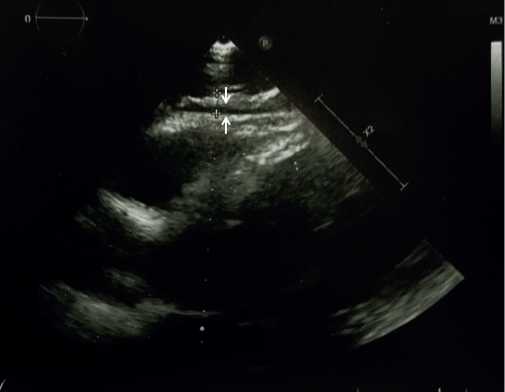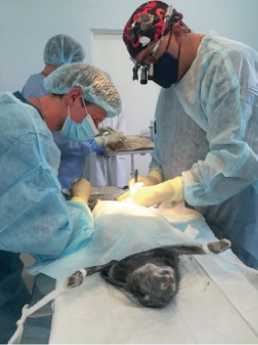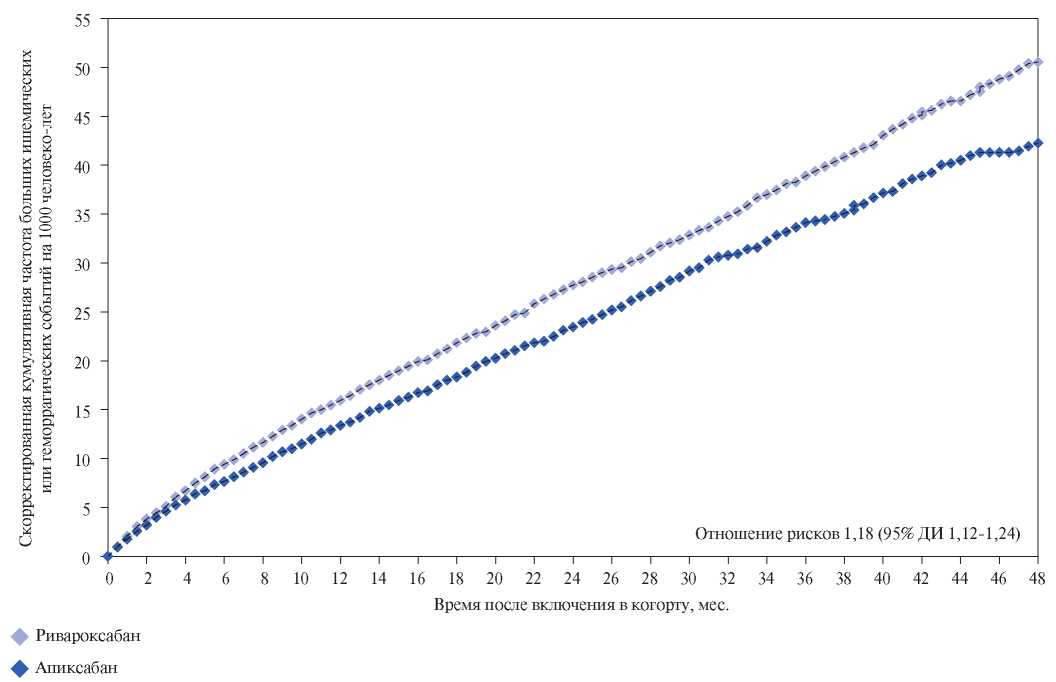ORIGINAL ARTICLES
Aim. To evaluate the incidence and severity of acute kidney injury (AKI), as well as its ability to reclassify the risk of premature mortality and association with inhospital mortality in patients with pulmonary embolism (PE) in the Russian population.
Material and methods. From April 2018 to April 2019, the SIRENA Russian Multicenter Registry included patients with PE, as well as the deceased, in whom the PE was detected by autopsy. AKI was diagnosed according to current KDIGO guidelines (2012). Creatinine calculated according to the MDRD equation and corresponding to a glomerular filtration rate of 75 ml/min/1,73 m2 (baseline) was taken as the initial one, with subsequent assessment relative to the parameter value upon admission. The risk stratification of early death was carried out in accordance with the current ESC clinical guidelines (2019).
Results. A total of 604 patients with PE were examined (men — 293 (49%), women — 311 (51%), mean age — 64±15 years). AKI was diagnosed in 223 (37%) of them. Stage 1 AKI was detected in 146 (65%), 2 — in 55 (25%), 3 — in 22 (10%) patients. Prior chronic kidney disease was recorded in 61 (10%) patients. Seventy-one (12%) patients had a high risk of death, 364 (61%) — intermediate risk, and 164 (27%) — low risk. The AKI incidence increased as the severity of PE increased: at low risk of death — 26%, intermediate — 38%, high — 59% (p<0,0001). In total, 107 (18%) patients died in the hospital. AKI led to an increase in mortality within following risk groups: at low risk, this effect was a trend (6 (5%) vs 6 (14%); p=0,052); at intermediate and high risk, significant differences was obtained (30 (13%) vs 41 (30%), p<0,001; 4 (14%) vs 19 (45%), p=0,006, respectively). Multivariate Cox regression demonstrated that AKI is a predictor of inhospital death (odds ratio (OR), 3,66 (95% confidence interval (CI): 2,37-5,66; p<0,0001), regardless of increased troponin levels (OR, 1,31 (95% CI: 0,80-2,14; p=0,28) and right ventricular dysfunction (OR, 1,23 (95% CI: 0,74-2,04; p=0,42).
Conclusion. Thirty-seven percent of Russian patients with PE have AKI diagnosed by baseline creatinine. In 2/3 of the examined patients, stage 1 AKI is observed. The AKI incidence increases as the severity of PE increases. The presence of AKI reclassifies patients into a higher risk category for death and is associated with a significant increase in inhospital mortality.
REVIEW
One of the surgical methods for treating aortic valve pathology is the Ross operation, which was proposed by the British cardiac surgeon D. Ross in 1967. Numerous studies have shown excellent long-term outcomes of this operation. However, in some patients, pulmonary autograft dilatation may occur in the long term. To avoid this complication, technical modifications of this procedure have been proposed. A literature review on modified Ross operation as a prevention of pulmonary autograft dilatation is presented.
Cardiovascular diseases are the main death causes in the modern world. Heart failure (HF) is the terminal stage of most cardiovascular diseases. The prevalence of HF is increasing in patients of older age groups. At the same time, the number of geriatric syndromes increases with age, one of which is malnutrition. Recent studies demonstrate the mutually aggravating effect of heart failure and malnutrition, and that the correction of malnutrition can improve the heart failure course. The introduction of screening and timely correction of malnutrition will reduce the hospitalization and mortality rates in geriatric patients with HF.
Epicardial adipose tissue (EAT) has unique properties due to its special anatomical structure, thermoregulation, and metabolic activity. Dysregulated EAT provokes the synthesis of pro-inflammatory cytokines, disorders in the metabolism of fats and glucose, as well as contributes to fatty degeneration of the myocardium and heart failure development. EAT may serve as a risk factor and biomarker for cardiovascular diseases, and is also a potential therapeutic target. The purpose of this review was to highlight current research data on EAT, secreted adipokines, their effect on target tissue metabolism, and to systematize the relationship between EAT and cardiovascular diseases. In particular, its function, role in heart failure, atrial fibrillation, as well as the prognostic value of various microRNAs determined in EAT are highlighted.
Pulmonary embolism (PE) ranks third in the structure of acute cardiovascular diseases. Every year there is a rapid increase in morbidity and mortality from PE. Laboratory biomarkers for PE diagnosis do not have the necessary specificity, and therefore are ineffective. PE requires timely active treatment, in particular for the prevention of serious complications. In this regard, further research is needed to study and search for novel promising biomarkers for the early detection of PE, pathophysiological mechanisms and targets for therapeutic effects. To a large extent, novel data on the pathophysiology of cardiovascular diseases, including PE, scientists receive from experimental studies using animal models. In this review, we summarize the main existing experimental models of PE, describe the principles and methods for modeling this disease. There are following models of PE: intravenous thrombin infusion, adenosine diphosphate-induced PE, PE induction by thromboplastin, recombinant human tissue factor or high molecular weight polyphosphates, collagen/adrenaline-induced PE, ex vivo thrombus intravenous administration, surgical model. This publication also presents our own experience in creating an artificial model of PE in animals using an intravenous thrombus. In our model, confirmation of PE was obtained during pathological examination and an increase in the level of following biomarkers: troponin, N-terminal pro-brain natriuretic peptide, and D-dimer. In this pilot study, a PE model was created to study the pathogenesis and novel treatment options for this disease. To confirm the effectiveness of the model, future studies are required.
ПРЕСС-РЕЛИЗ
ISSN 2618-7620 (Online)




